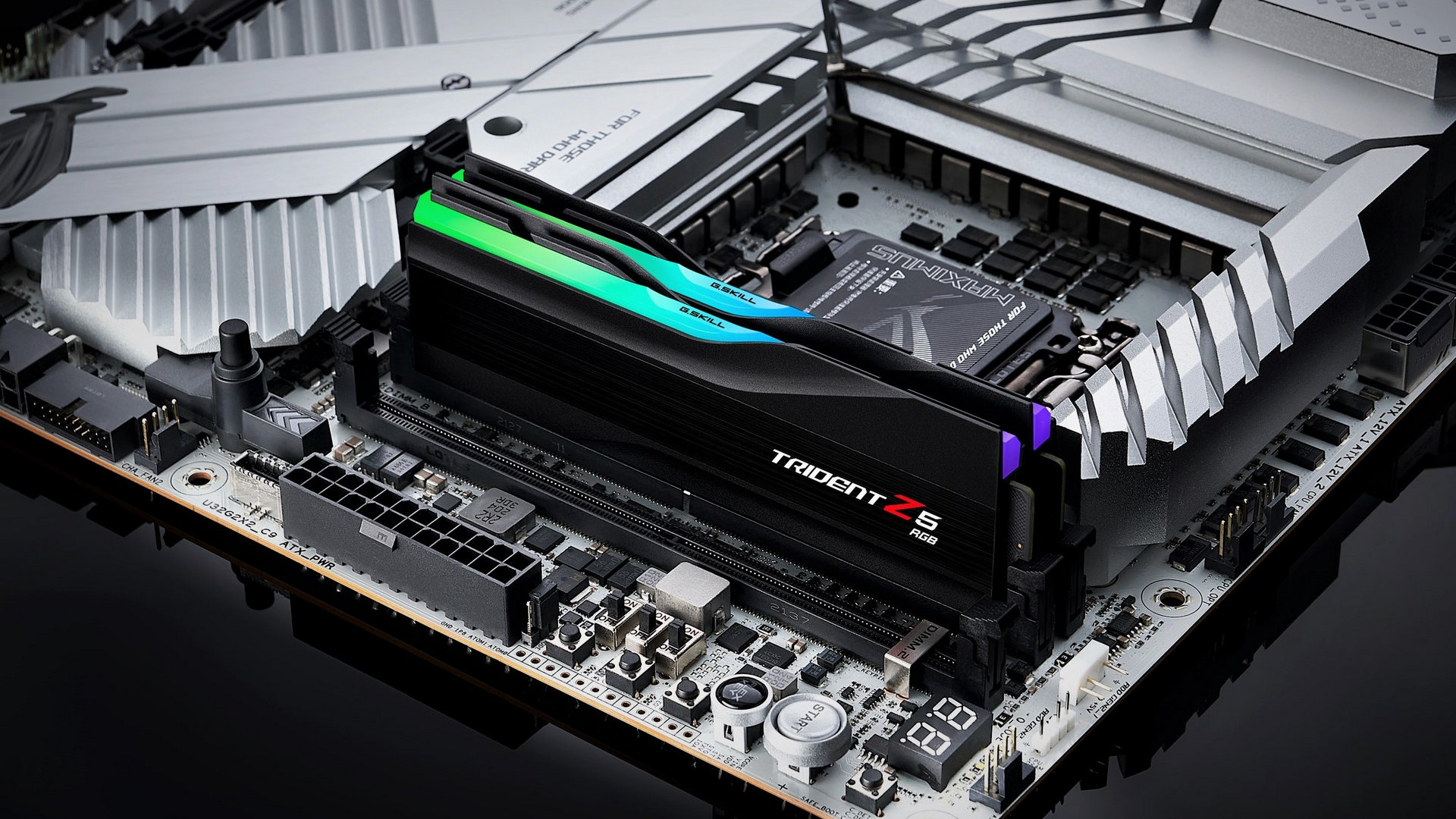- The industry aims to release DDR6 RAM for purchase in 2027.
- Widespread adoption will likely take until 2028 or 2029 because initial prices will be high.
- Base DDR6 speeds will start at 8,800 MT/s, while high-end modules could reach 17,600 MT/s.
The industry is moving more quickly to introduce the next generation of PC RAM modules, known as DDR6. The industry wants this memory to be available for purchase beginning in 2027.
The DDR5 memory has been around for far longer than you might think. The pandemic has caused some disruption to our internal clocks.
For comparison, DDR5 memory did not go on sale until 2021, despite the JEDEC specification being established in 2020. It wasn’t until late 2022 and early 2023 that it was widely adopted. When almost everyone started purchasing a new PC that started using DDR5 memory, the JEDEC specification for DDR6 memory was revealed in 2024.
This is why the pricing of this memory will be significantly higher when it arrives in 2027. Therefore, it makes sense to assume that widespread adoption won’t occur until well into 2028 or 2029. Because at first, this memory will only be used by those with larger budgets.
About the performance of the DDR6, the most basic DDR6 RAM will begin with a speed of 8,800 MT/s. So the cheapest DDR6 memory will be nearly as fast as the most costly DDR5, but will use less power. Meanwhile, the highest-performance modules will be able to reach 17,600 MT/s, which is 76% more than the current modules’ 10,000 MT/s.
So we could even imagine that with overclocking, DDR6 RAM could reach 20,000 MT/s. As if that wasn’t enough, we’re talking 83% quicker than DDR5 RAM’s base performance of 4,800 MT/s.
Next year the main CPU manufacturers and architectures in the industry will carry out platform testing and compatibility verifications. Among these the obvious ones are the AMD, Intel and NVIDIA . It remains unknown if the memory will also be integrated to reduce latencies.
In order to enhance signal integrity and expand bandwidth, DDR6 RAM replaces the 2×32-bit design of DDR5 with a 4×24-bit sub-channel architecture and the new CAMM2 form factor. Compared to conventional 288-pin DIMMs, the CAMM form factor offers a compressed memory module design, which lowers impedance and improves signal integrity.
Some Dell systems (based on DDR5) currently employ the CAMM2 form factor, and high-performance servers and notebooks are anticipated to adopt it more widely.
In addition to the DDR6 high price, the DDR5 took a couple of years for mass adoption, so we can expect to see the same for DDR6 until a proper/optimized ecosystem is developed.
Thank you! Please share your positive feedback. 🔋
How could we improve this post? Please Help us. 😔


 Threads
Threads


